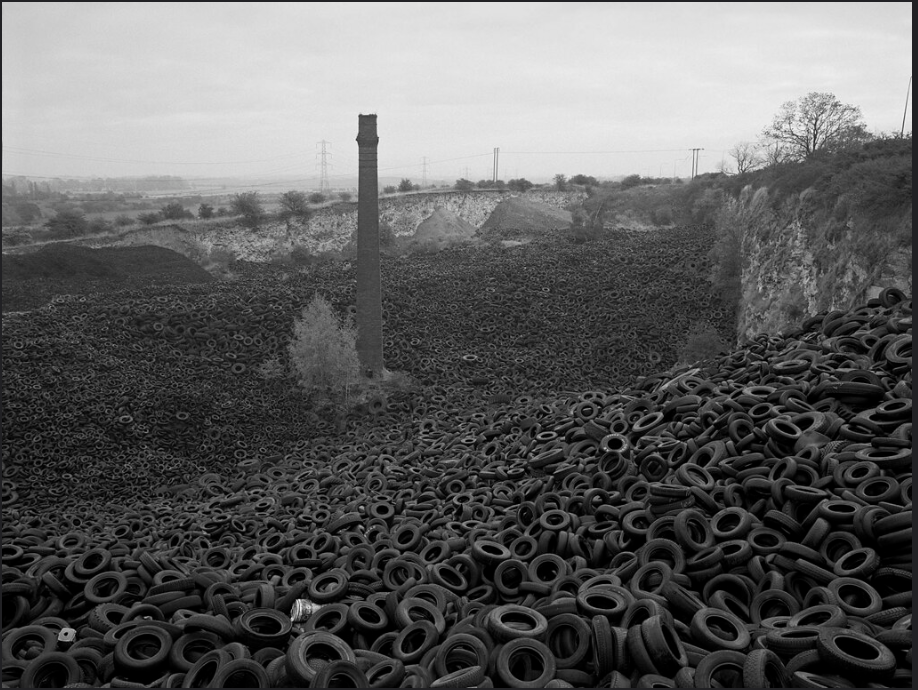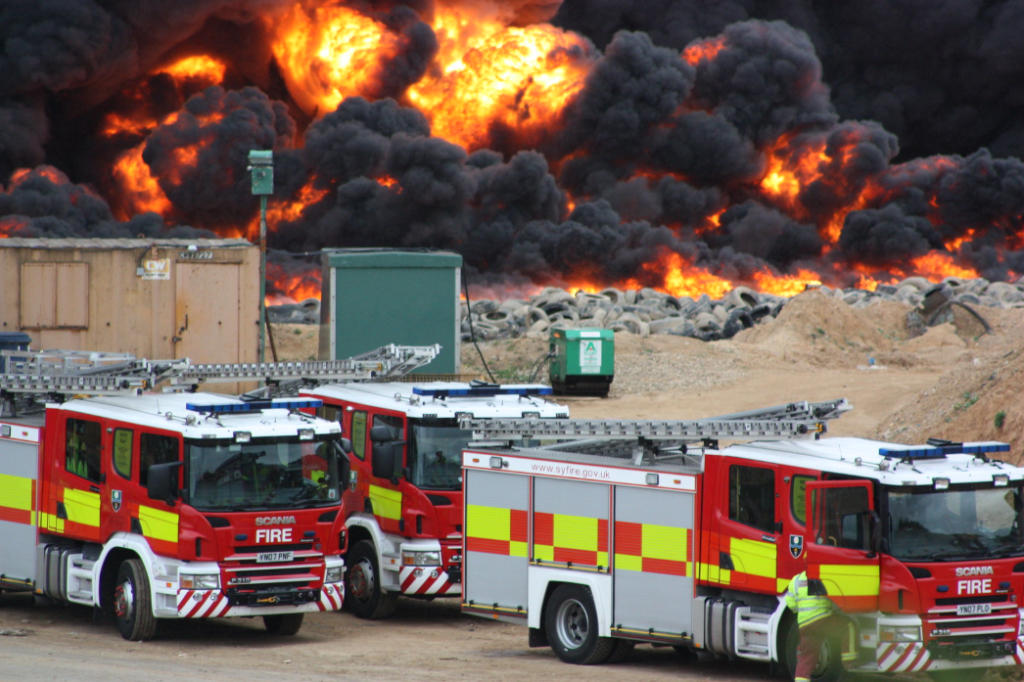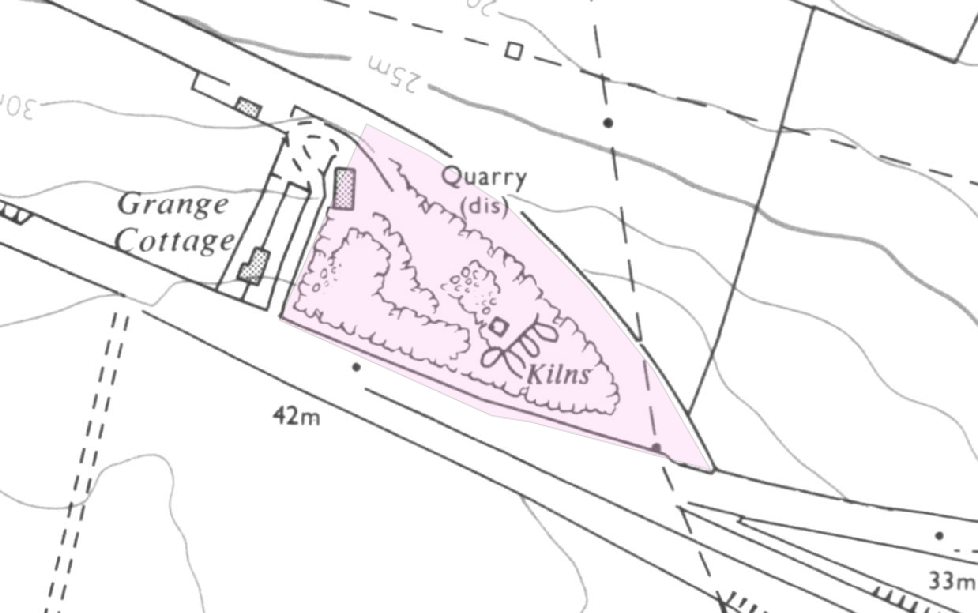Is your local golf course really what it appears to be?

Yorkshire has a rich and diverse history, which goes as far back as the Vikings, the Angles and the Romans. Yorkshire was a hub of industrialisation, with industries such as textiles, coal, iron and steel forming the base of the industrial revolution in Yorkshire, and the north of England1. The remnants of this rapid urbanisation and industrialisation in the 19th century can still be seen today through architecture, with old mills, works and factories commonly found across the county. These historic industrial sites are increasingly being turned into apartments or being knocked down for redevelopment. However, have these former land uses left an unwanted legacy of contaminated land throughout Yorkshire?
At Groundsure, we love delving into the past, and the history of an area underpins a core aspect of our work – looking into possible contamination. One of the ways our in-house team of consultants do this is by examining historical land uses using Ordnance Survey mapping. Typically, land contamination is associated with past industrial activity. These historical land uses could have potentially created harmful substances which could be still present in the ground today. An environmental consultant considers the past land use of a site, looking for the source of contamination. They then consider the pathways and if there are any potential receptors, assign an appropriate risk level. Using our comprehensive Historical Land Use Database which dates back to the 1840s, we have calculated that 7.12% of land in Yorkshire could be contaminated due to its past land uses. This equates to 847,494 hectares. The past land uses can vary from small-scale urban sites such as garages or larger waste sites like historical landfills or gas works.
One of the most infamous sites of contaminated land in Yorkshire is the Bawtry Gasworks. Bawtry is a small market town in South Yorkshire. The Bawtry Gasworks was one of a number of large industrial sites used for the production of town gas. The process of manufacturing coal gas involved the burning coal in an oxygen-starved environment which can produce heavily contaminated by-products such as coke, coal tar, sulphur and ammonia2.
The Bawtry Gasworks closed in the 1960s when demand for coal gas declined as the use of natural gas increased. The site was subsequently sold to developers and a new housing development was built a few years later. Unknowingly, the gasworks had deposited contaminated coal tar residues under the land. However, it wasn’t until 2001 that this contamination was discovered, after a resident uncovered a coal tar pit in their back garden. After an investigation, The Environment Agency (EA) declared the whole area as Contaminated Land under Part 2A of the Environmental Protection Act 1990, including 11 residential properties. This site became even more contentious as a result of a court case which ensued.
The EA were seeking National Grid Gas to contribute 50% to the remediation cost, as the contemporary statutory successor of the site. This argument was accepted in the High Court and National Grid Gas was found liable but was rejected on appeal by the House of Lords3. The clean-up was funded at public expense, at a price averaging £63,253 per property. The Environment Agency had the option of pursuing payment from the residents, however they decided this would cause hardship and deemed it unfair4.
Unfortunately, stories of contaminated land and it’s mishandling are far too common in the UK, and Yorkshire is no exception. The second-largest tyre dump in the UK was in South Yorkshire, in a small village called Hampole, just north of Doncaster. The area was originally a limestone quarry which had been used to illegally dump tyres for nearly 30 years5.

Picture of the Hampole tyre dump circa 19936
In 2003, approximately five million tyres were set on fire. At its height, six crews of firefighters were tackling the blaze which was visible over 10 miles away5. The site was determined as Contaminated Land after the fire, as it posed a serious risk of groundwater pollution in the area7 Over 17 years after the fire, this land still lays derelict and fenced off with large keep out signs with nobody liable or willing to clean up the contamination.

Picture of the Hampole tyre fire in 20038

1:10,000 scale Ordnance Survey map circa 1981. The lilac polygon demonstrates to our environmental consultants that this land is a designated Part 2A Contaminated Land site.
Under current legislation, contaminated land can be inherited. This can occur if the relevant company or person who caused the contamination cannot be found (known as a Class A person). The responsibility for dealing with that land would then fall to the current owner or occupier (Class B Person) of the land. In cases like the Hampole tyre fire, the company who owned the area no longer existed so the clean up fell to the EA, who, to this day, have not remediated the site.
Groundsure provides market-leading solutions for conveyancers, valuers and lenders in assisting the identification of environmental risks, including contaminated land. Groundsure has significant specialist experience in identifying any environmental risk or issues in a property transaction to avoid contaminated land being inherited. We ensure that any potential risk from land contamination is identified and offer recommendations and next steps if any potential contamination is present.
References
1. Wilcuma.org.uk. 2020. Yorkshire After The Industrial Revolution – Wilcuma. [online] Available at: <https://www.wilcuma.org.uk/yorkshire-after-1066/the-industrial-revolution-in-yorkshire/>
2. Environmentlaw.org.uk. 2020. Case Study: Bawtry Gas Works. [online] Available at: <http://www.environmentlaw.org.uk/rte.asp?id=228> [Accessed 1 April 2020].<https://www.wilcuma.org.uk/yorkshire-after-1066/yorkshire-after-the-industrial-revolution/> [Accessed 1 April 2020].
3. Endsreport.com. 2020. Lords Contaminated Land Liability Ruling Favours National Grid Gas. [online] Available at: <https://www.endsreport.com/article/1571176/lords-contaminated-land-liability-ruling-favours-national-grid-gas> [Accessed 1 April 2020].
4. Environmentlaw.org.uk. 2020. Case Study: Bawtry Gas Works. [online] Available at: <http://www.environmentlaw.org.uk/rte.asp?id=228> [Accessed 13 November 2020].
5. News.bbc.co.uk. 2020. BBC NEWS | England | Firefighters Tackle Tyre Dump Blaze. [online] Available at: <http://news.bbc.co.uk/1/hi/england/2780759.stm> [Accessed 2 April 2020].
6. Flickr. 2020. Hampole Tyre Fire. [online] Available at: Flickr. 2020. 1. Hampole, South Yorkshire 1993. [online] Available at: <https://www.flickr.com/photos/bconolly/8619840448/in/album-72157633166033502/> [Accessed 2 April 2020].
7. Endsreport.com. 2020. Lawyers Prepare For Litigation Under Contaminated Land Regime. [online] Available at: <https://www.endsreport.com/article/1574818/lawyers-prepare-litigation-contaminated-land-regime> [Accessed 2 April 2020].
8. Flickr. 2020. Hampole Tyre Fire. [online] Available at: <https://www.flickr.com/photos/syfire/4638589670/> [Accessed 2 April 2020].
Date:
Nov 24, 2020
Author:
Patrick Hepple

